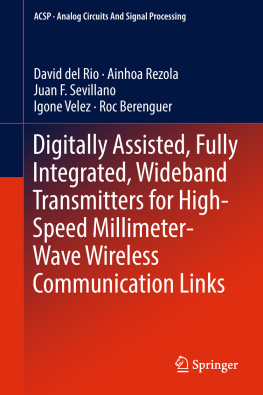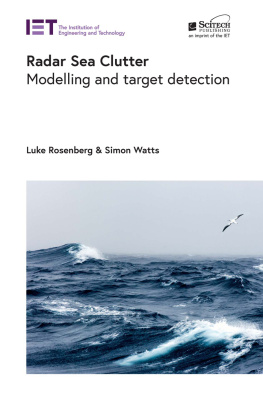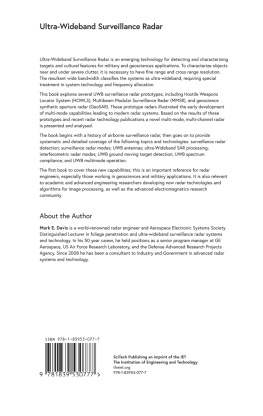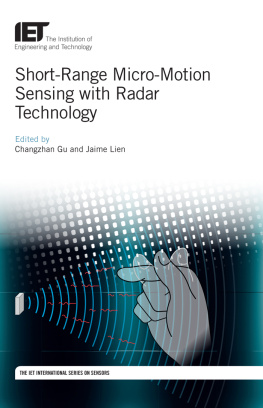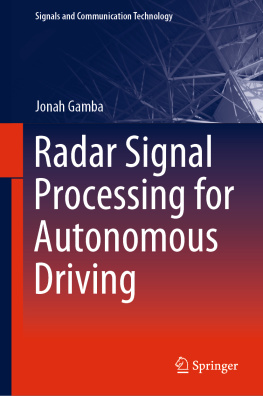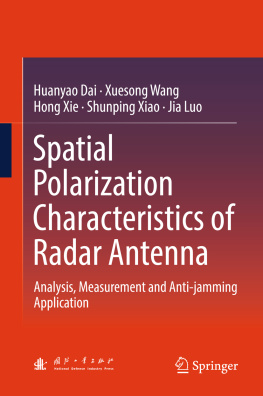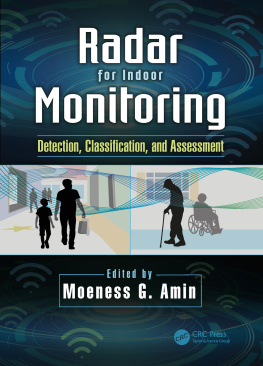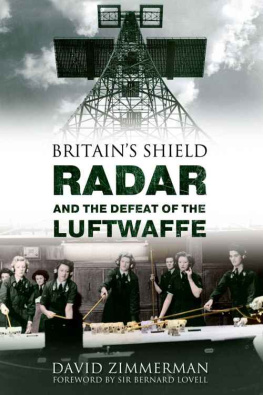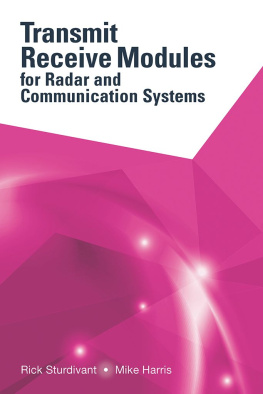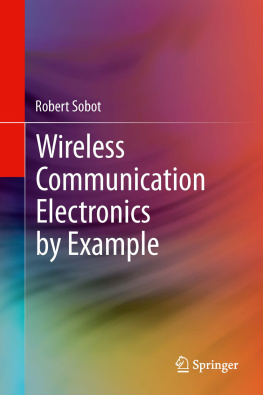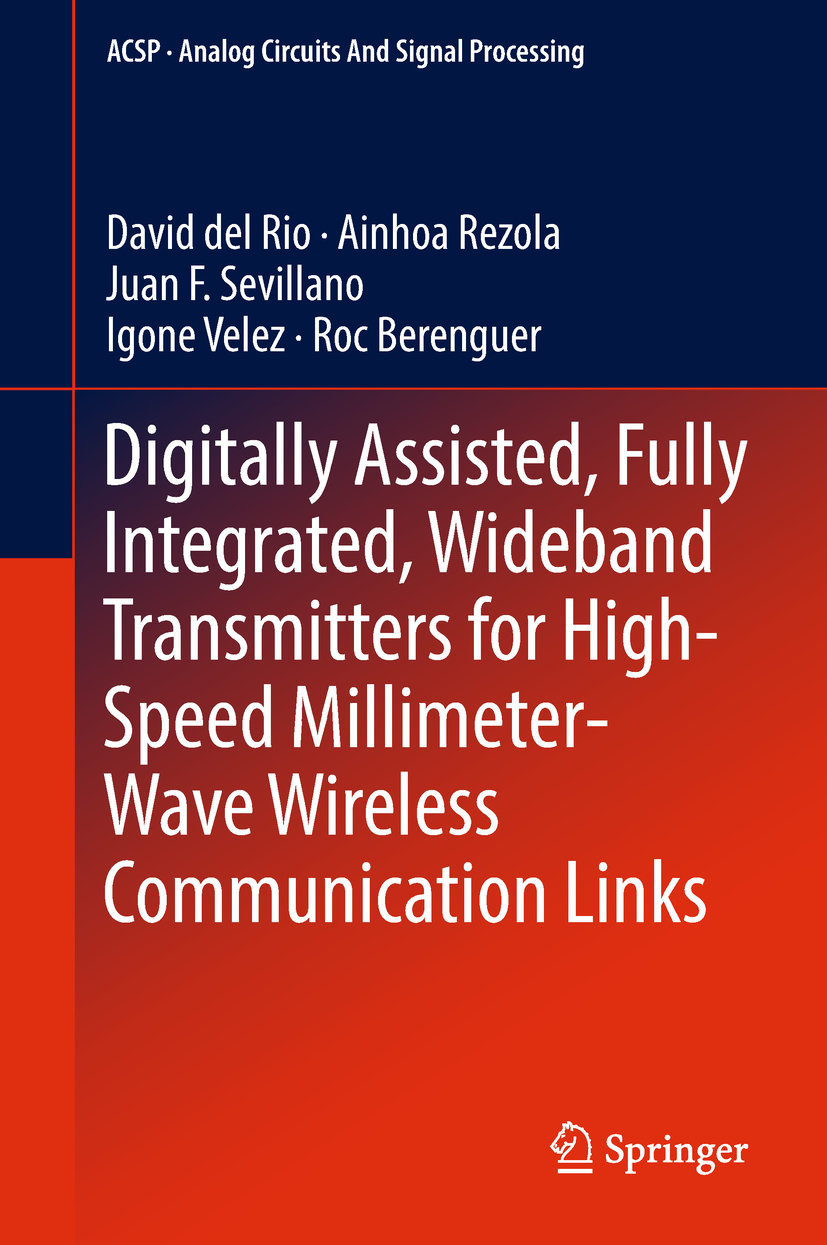Analog Circuits and Signal Processing
Series Editors
Mohammed Ismail and Mohamad Sawan
More information about this series at http://www.springer.com/series/7381
David del Rio , Ainhoa Rezola , Juan F. Sevillano , Igone Velez and Roc Berenguer
Digitally Assisted, Fully Integrated, Wideband Transmitters for High-Speed Millimeter-Wave Wireless Communication Links
David del Rio
Ceit-IK4 Technology Center, Donostia, Spain
Ainhoa Rezola
Ceit-IK4 Technology Center, Donostia, Spain
Juan F. Sevillano
Ceit-IK4 Technology Center, Donostia, Spain
Igone Velez
Ceit-IK4 Technology Center, Donostia, Spain
Roc Berenguer
Tecnun-University of Navarra, Donostia, Spain
ISSN 1872-082X e-ISSN 2197-1854
Analog Circuits and Signal Processing
ISBN 978-3-319-93280-4 e-ISBN 978-3-319-93281-1
https://doi.org/10.1007/978-3-319-93281-1
Library of Congress Control Number: 2018945089
Springer International Publishing AG, part of Springer Nature 2019
This work is subject to copyright. All rights are reserved by the Publisher, whether the whole or part of the material is concerned, specifically the rights of translation, reprinting, reuse of illustrations, recitation, broadcasting, reproduction on microfilms or in any other physical way, and transmission or information storage and retrieval, electronic adaptation, computer software, or by similar or dissimilar methodology now known or hereafter developed.
The use of general descriptive names, registered names, trademarks, service marks, etc. in this publication does not imply, even in the absence of a specific statement, that such names are exempt from the relevant protective laws and regulations and therefore free for general use.
The publisher, the authors and the editors are safe to assume that the advice and information in this book are believed to be true and accurate at the date of publication. Neither the publisher nor the authors or the editors give a warranty, express or implied, with respect to the material contained herein or for any errors or omissions that may have been made. The publisher remains neutral with regard to jurisdictional claims in published maps and institutional affiliations.
This Springer imprint is published by the registered company Springer International Publishing AG part of Springer Nature
The registered company address is: Gewerbestrasse 11, 6330 Cham, Switzerland
To our families.
Preface
The millimeter-wave (mmW) range of the electromagnetic spectrum, which includes frequencies from around 30 to 300 GHz, offers some unique propagation properties and a vastly available bandwidth. Therefore, it enables relieving the overpopulated lower part of the spectrum and satisfying the huge data demands from the users. It also allows the proliferation of new applications such as automotive radar, high-speed personal area networks, and noninvasive surveillance, just to name a few of them. In addition, while in the past working at mmW frequencies was only possible using IIIV technologies, the successive scaling of silicon-based technologies like CMOS and BiCMOS has brought mmW circuit designs and applications to the mass market.
Many excellent books on RFIC design using silicon technologies have been published, and with the aid of the existing powerful simulation software, one can design RF circuits with acceptable performance quickly and with moderate effort. However, when it comes to mmW circuit design, succeeding is not that simple. Semiconductor technologies are struggled to their limits in terms of operation frequency and available power, and PVT variations can greatly jeopardize the device performance. This is especially critical in transmitters, which need to provide enough output power to compensate for the high path loss, while at the same time maintaining the bandwidth in a power-efficient way. Furthermore, the wide bandwidth and data throughput required by current communication applications are also pushing digital design to the limits in terms of sampling speed and power consumption, and it is, therefore, not straightforward to use DSP techniques to compensate for the RF imperfections.
In this book, we present an approach to mmW circuit design using advanced RF circuit design and digital processing techniques at the same time. This way, front-end architectures that balance the requirements of the RF and DSP blocks can be selected, and it is possible to sense the operating conditions of the critical circuits in order to compensate for the imperfections and bring the performance back to the optimum values. All the design stages of a typical mmW transmitter are covered, from the link budget analysis to transistor-level design and system tests using high-order modulated signals. The procedure to present the different designs and subsystems is to first explain the concepts from a theoretical point of view, and then apply them to the design of an E-band 10-Gbps BiCMOS-integrated transmitter. Some previous knowledge of semiconductor devices, transmission systems, and signal theory is assumed from the reader, although theoretical concepts and expressions are introduced when required for the discussion. These prior concepts are sometimes explained in a rather intuitive way, as our intention is to focus more on the actual scope of the book: revisiting the traditional approaches and proposing new techniques appropriate for wideband and power-efficient mmW IC design. Nevertheless, references where the information is more thoroughly explained are provided, in case the reader feels some concepts are oversimplified or seeks further explanation.
Chapters are intended to be self-contained, each with its own introduction and conclusion sections, so that most of them can be read independently. Nevertheless, they are ordered according to the natural design flow, starting from the system-level analysis and going down to the transistor-level design. Chapter presents an integrated and digitally assisted BiCMOS transmitter, which is able to transmit at 10-Gbps speeds in the E-band. The techniques presented in the previous chapters have been applied to its design.
This book comes after years of research in the field of wideband-integrated mmW transmitters for high-speed communications. We have tried to gather all the wisdom and experience we have acquired in the way, because we believe that knowledge only grows when it is shared. This way, future designers can learn from our mistakes and take our experience as a starting point for their future designs. We hope you will enjoy your reading!
David del Rio
Ainhoa Rezola
Juan F. Sevillano
Igone Velez
Roc Berenguer
Donostia, Spain
Acknowledgements
This book would not have been possible without the help of so many organizations and individuals. It is mostly based on the experience we have gained from our research at Ceit-IK4 Research Centre and at the University of Navarra, where we have benefited from the help and experience of other researchers, such as Hector Solar, Iaki Gurutzeaga, Andoni Beriain, Andoni Irizar, and Fernando Arizti.
It is also fair to mention the organizations that have funded the research leading to the results presented in this book: the University of Navarra itself, the Basque Government through its Ph.D. scholarship program, and the European Commission through its FP7 Research Program.

